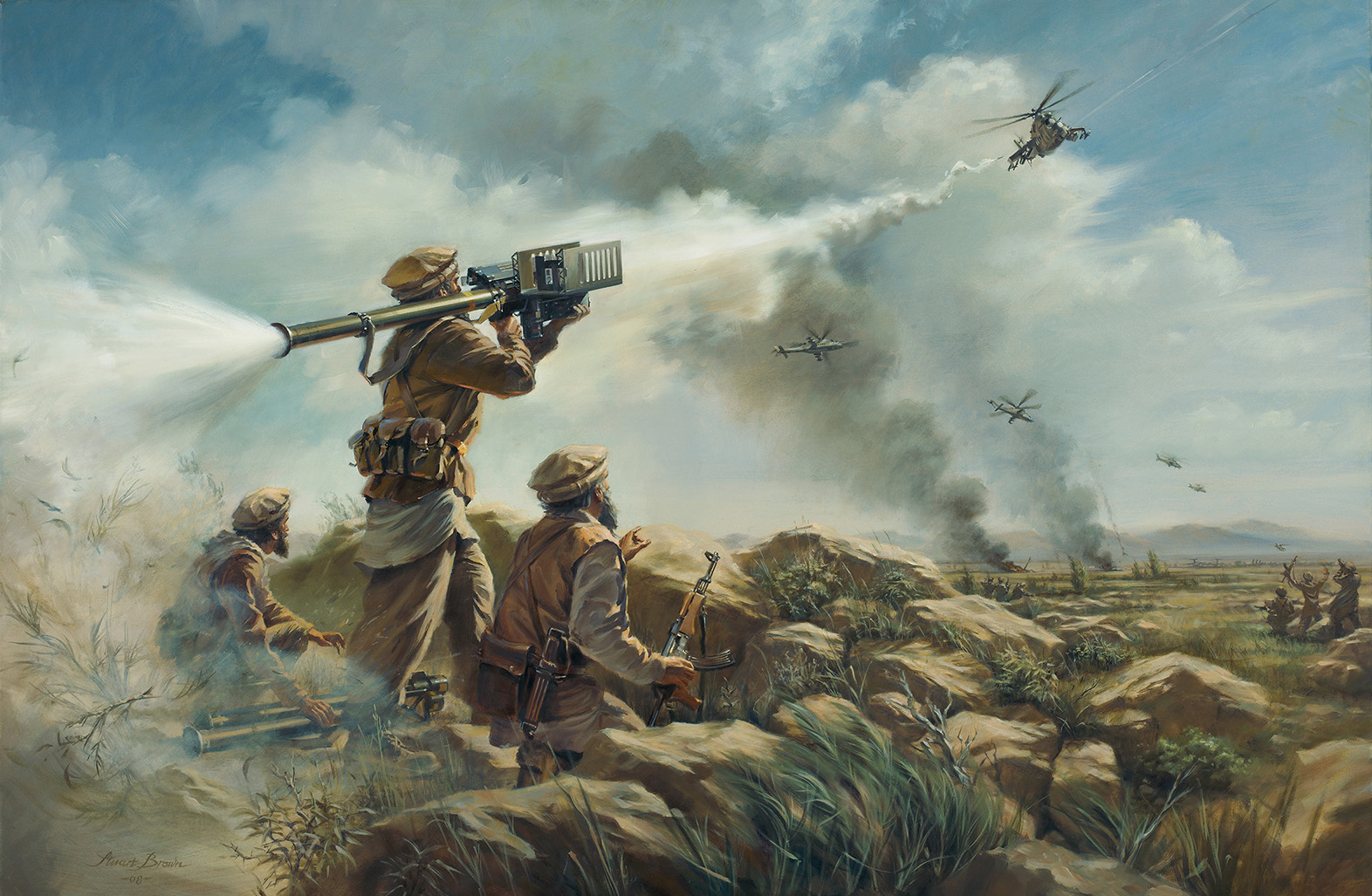Category: Allies
2 Pounder anti-tank gun

Answers
A. Be on a boat in the middle of a large river in Burma during WWII.
B. Go up against Bill Slim’s 14th British Army who REALLY hates you for some reason. Like you not taking any prisoners & making them live in that Hell Hole that is Burma in the 1940’s.
C. Not having control of either river bank. Always a BAD thing
D. Having NO air support around
E. Having some really good small arms & mortars coming to bear on you (Steel on Target) AND having the RAF Ground Support on call.
F. I am sure that the Forward Observer is also calling in Arty on you too. (British Artillery has always had a pretty good reputation BTW)
All of which is going to add up to one really bad day for the members of Imperial Japanese Military on those boats. As their wounded usually wound up suffering a really horrible death. What with no medics or drugs nor any kind of medical support available. So usually your officers would eventually kill you iffen you didn’t die quick enough.
Plus there were cases of Cannibalism too. Since there were no supply lines for your army back then. Nice huh?
So for all those who might wind up one day in command. Try to remember the 6 Pees, Proper Planning Prevents Piss Poor Performance! That & I hope that you have better luck than those Bastards! Grumpy
‘THE FIRST STING’

The U.S. built Stinger ground-to-air anti-aircraft missile, supplied to the Afghan Mujahedeen in very large numbers, struck a decisive blow to the Soviet war effort as it allowed the lightly-armed Afghans to effectively defend against Soviet helicopter attacks. This effort to support the Afghan Mujahedeen in resisting Soviet oppression led successfully to the first major military defeat of the Soviets. The forced retreat of the Red Army in Afghanistan proved an important contributing factor in the eventual collapse of the Soviet Empire.

By Ismail Shakil
OTTAWA (Reuters) – General Jennie Carignan took over as Canada’s chief of the defense staff on Thursday in a ceremony that made her the first woman to command the country’s armed forces.
Trained as a military engineer, Carignan has commanded troops in Afghanistan, Bosnia-Herzegovina, Iraq and Syria during her 35 years in the Canadian Army.
“I feel ready, poised and supported to take on this manifold challenge,” Carignan said at the Canadian War Museum in Ottawa.
“Conflict in Ukraine and the Middle East, heightened tensions elsewhere around the world, climate change, increased demands on our personnel at home and abroad, and threats to our democratic values and institutions are but a few of the complex challenges we need to adapt to and counter,” Carignan said.
Carignan takes over from General Wayne Eyre, who served as the top military commander since 2021, at a time when Canada is aiming to increase defense spending and modernize its armed forces.
Last week, Prime Minister Justin Trudeau announced his government’s intention to reach NATO’s defense-spending target of 2% of GDP by 2032. Canada’s defense spending is expected to be 1.39% of GDP in the 2024-25 fiscal year, according to government projections.
The armed forces are struggling to meet recruitment goals and have been slow to replace outdated equipment.
Last November, the head of the navy said the service was in “a critical state” and might not be able to carry out its basic duties in 2024.
“We’re facing many internal challenges such as recruitment and retention,” Carignan said. “We know the challenges we face and what we need to do to address them.”
Trudeau, who called Carignan “a role model for all Canadians and for the world”, has pursued policies designed to boost gender equality since taking office in 2015.
In 2018, he appointed Brenda Lucki as the first female head of the Royal Canadian Mounted Police.
The last two governors general, Canada’s official representative of the British monarchy, have been women. Trudeau named them both.
(Reporting by Ismail Shakil in Ottawa; Editing by Rod Nickel)